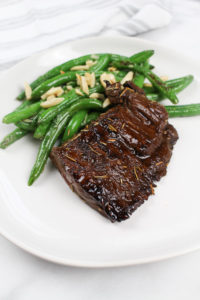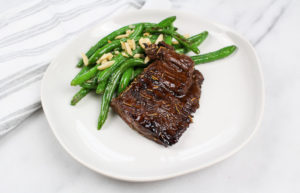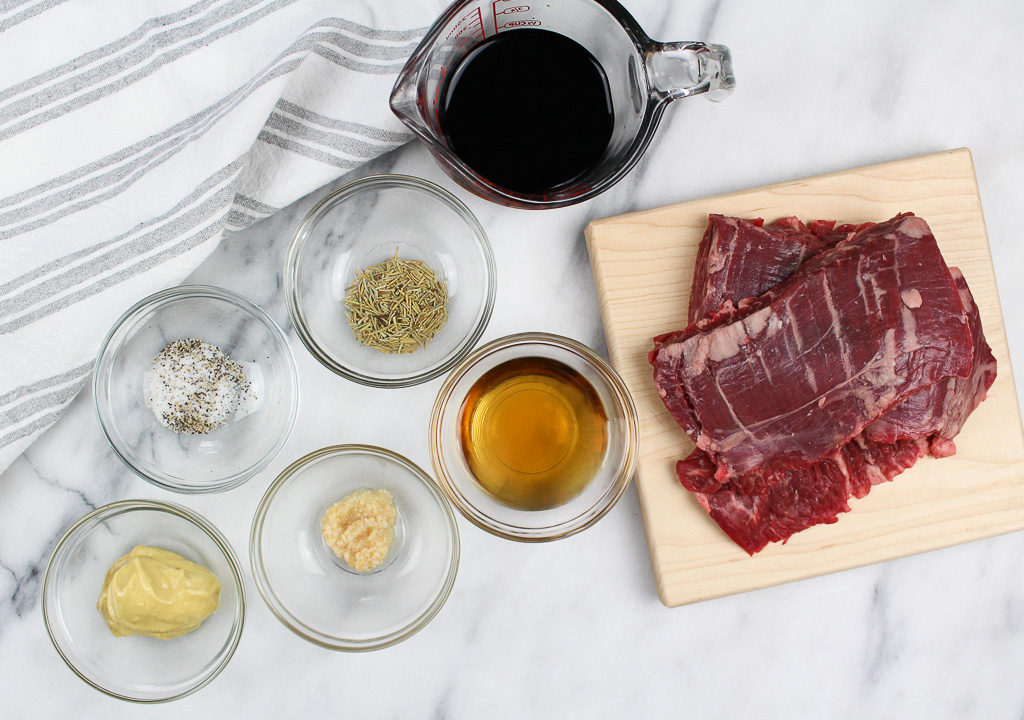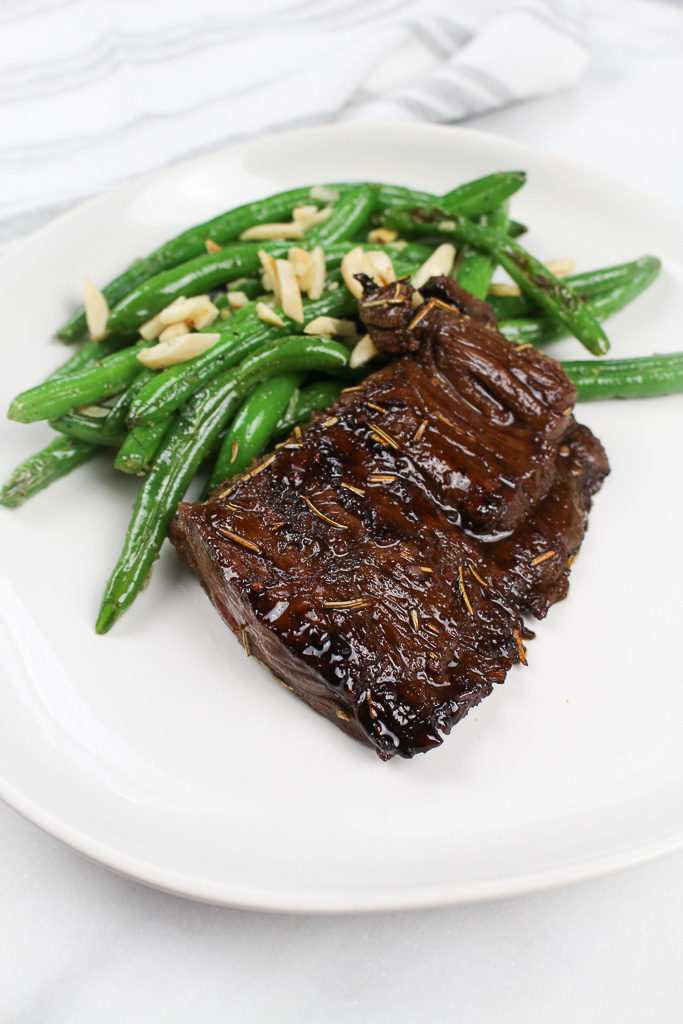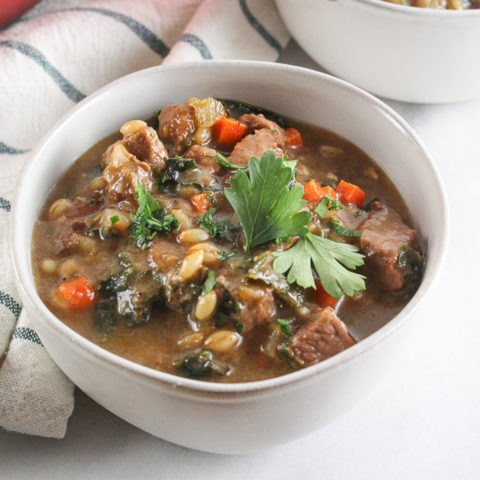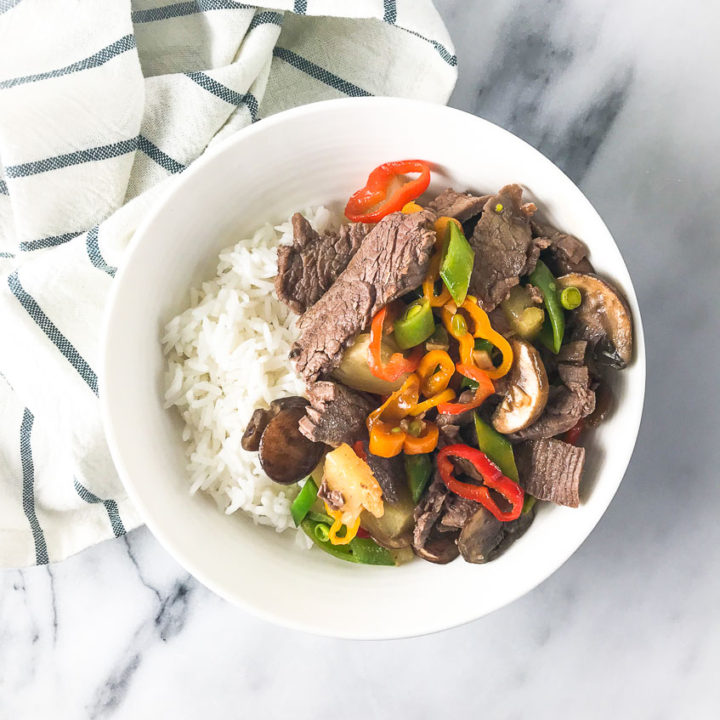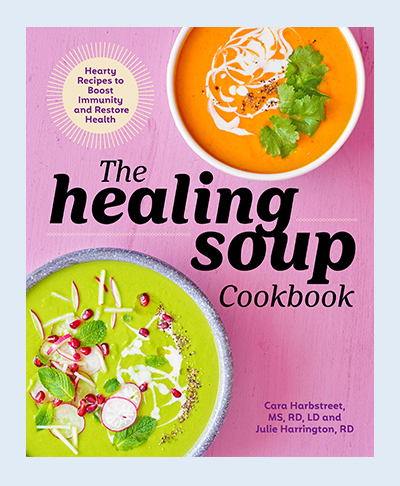This post may contain affiliate links. Read my privacy policy.
This post is sponsored by The Beef Checkoff. Thanks for supporting brands that make this blog possible!
For the novice chef, cooking beef can sometimes be intimidating. What cut to choose? What cooking technique would work best? Is beef healthy to serve my family?
I’m here to help answer many of these questions for you, but you can also utilize the resource Chuck Knows Beef. Powered by Google Artificial Intelligence, Chuck is the new virtual go-to expert on all things beef. Chuck can be easily accessed at ChuckKnowsBeef.com or by simply enabling Chuck Knows Beef with Amazon Alexa or Google Home Assistant devices. You will have a beef expert on hand whenever you need it!
For busy families everywhere, there is nothing more challenging than getting a balanced meal on the table each night. A simple marinated skirt steak is a flavorful and quick dish that can be whipped up any night. Pair with a side of your favorite veggie and grain for a complete meal.
The purpose of a marinade
First, what is your marinade for? There are two purposes for a marinade – to infuse flavor and/or to tenderize the cut of meat which all comes down to the time the cut of meat is being marinated.
Just looking to add flavor? Marinate for 15 minutes to 2 hours. Looking to tenderize cuts? Marinate for 6 to 24 hours.
What is the most affordable cut of beef? How do I cook it?
Aside from ground beef, the cuts that are typically most affordable come from the end meats – chuck and round. These are also typically less tender cuts and benefit from slow cooking with moist heat. Roasting, stewing, braising, etc.
Head over to Beef It’s What’s For Dinner for more information.
Besides ground beef, which cut of beef is the easiest to work with that is “forgiving” for a novice chef?
Slow roasting end cuts from the chuck or round can be a simple starting point for those just starting to cook beef. If grilling a steak, be sure to choose a cut at least ½ inch thick to avoid overcooking with high heat. Sirloin steak and strip steaks are both forgiving and economical cuts, to begin with.
What are the temperatures for rare, medium-rare, and medium for my steak? Should I pull it from the grill before that since it still cooks after it is removed?
The USDA cooking guidelines are as follows: For medium rare the temperature should read 145°F, the temperature for medium steaks should read 160°F, and well done is 170°F. Ground beef should always be cooked to an internal temperature of 160°F. Steaks and roasts will continue to cook and rise 5ºF to 15ºF after removing from the cooking source.
Here is more information about cooking temperatures
Why does my beef always come out dry?
Usually, the reason for dry beef is overcooking. Thinner cuts of beef tend to cook more quickly so consider reducing the heat and the time over the heat for thinner cuts. Overcooking roasts in a crockpot or oven, even when adding liquid, can also cause the meat to be dry. Another good tip is to match the cut of beef with the appropriate cooking method. End cuts from the chuck and round will usually benefit from moist cooking methods while well-marbled middle meat cuts from the rib and loin can be cooked with dry heat.
Not sure what cooking method is best? Ask Chuck or see more information here.
What’s the difference between grass-fed and organic beef?
Organic beef means the cattle meet the strict guidelines set forth by the USDA for the type of feed they consume and the supplements/medications they are given (or not given). The feed must be certified organic but that could include both grasses and grains. Organic beef is never given antibiotics or administered hormone implants.
Grass-fed beef is harder to define as the USDA no longer recognizes an official certification for grass-fed/finished cattle. Therefore, the definition can vary depending on the adopted standards of the beef producer. In general, grass-fed (technically grass-finished) beef is raised solely on grass feed stuffs without the addition of grain. Grass-fed is not necessarily organic but often is.
Learn more about beef labeling here and utilize this infographic for more details.
How do I reheat leftovers without causing the beef to become tough and chewy?
Reheating beef can be challenging – especially if it was prepared to medium-well or well done, to begin with. Microwaving beef is typically not recommended. Steaks and roasts can be reheated in the oven at a lower temperature of 200 – 250 degrees. An alternative to reheating a roast or steak is to consider slicing it thin and enjoying over a salad or as a sandwich.
I have high cholesterol. Is it still okay to eat beef?
Research shows that a heart-healthy diet and lifestyle that includes lean beef, even daily, improved cholesterol levels. About half the fatty acids found in beef are called monounsaturated fatty acids, the same kind found in olive oil, and, as part of a heart-healthy diet, can reduce cholesterol levels.
I’m unsure to feed my family beef because of the hormones. What is the truth?
All hormones used in beef production must be approved by the U.S. Food and Drug Administration (FDA). It starts with a comprehensive, multi-step scientific review process. If a product fails even one test or step in the process, it will not be approved.
The FDA and the United States Department of Agriculture (USDA) oversee the safety of food products. The FDA sets a tolerance on hormone residue levels that can be found in food. The USDA conducts random sampling of beef to check for residues.
Extensive research shows that supplemental hormones are metabolized quickly and clear an animal’s system before entering the food supply. Furthermore, decades of research have looked at the effect of using hormones in livestock production, but none have found any human health impact.
Learn more about hormone usage in cattle ranching.
Print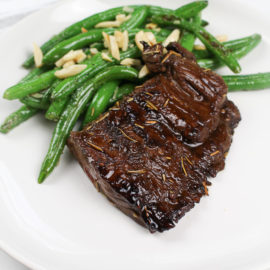
Balsamic Marinated Skirt Steak
- Prep Time: 20
- Cook Time: 10
- Total Time: 30 minutes
- Yield: 4
- Category: beef
- Method: grilling
- Cuisine: American
Ingredients
1/2 cup balsamic vinegar
2 tablespoons maple syrup
2 tablespoons Dijon mustard
2 garlic cloves, minced
1 teaspoon crushed dried rosemary
1 teaspoon salt, divided
½ teaspoon ground pepper, divided
1 1/2 pounds skirt steak, cut crosswise into 2–4 equal pieces
1 tablespoon avocado oil
Instructions
- In a resealable plastic bag, combine vinegar, sugar, garlic, rosemary, 1 teaspoon salt, and 1/4 teaspoon pepper. Add meat to marinade, and turn to coat. Let marinate at room temperature at least 15 minutes, or cover and refrigerate up to 1 day.
- In a grill pan over medium-high heat, add oil. Remove steaks from marinade, allowing excess to drip off. Grill steaks 2 to 3 minutes then flip and cook another 2-4 minutes for medium-rare. Transfer to a plate; cover loosely with aluminum foil, and let rest 5 minutes.
Keywords: beef, steak, skirt steak, dinner, beef checkoff, heart-healthy
For more information, visit:
https://www.beefitswhatsfordinner.com/
https://www.nybeef.org/

